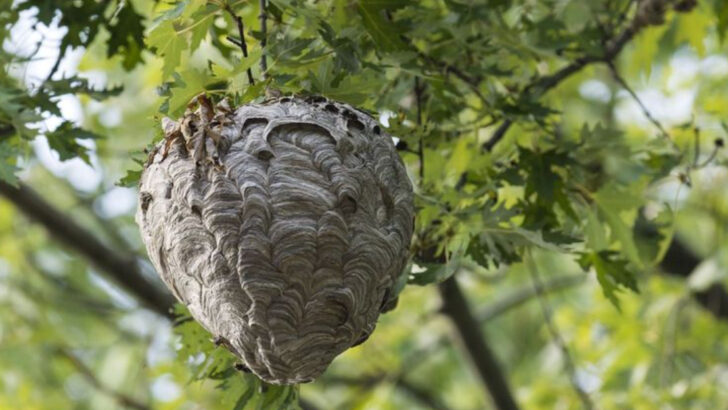Spotting a nest hanging from your porch or tucked under the eaves is never a great feeling—but before grabbing a broom or calling pest control, it helps to know exactly what you’re dealing with. Wasps and hornets might look similar at first glance, but their nests have some key differences that can tell you a lot about what’s living inside.
Understanding these differences isn’t just about curiosity—it can actually help you stay safer and respond the right way. Some nests are more aggressive than others, and identifying who built it can give you a heads-up on what kind of behavior to expect. Plus, it’s just interesting to learn how these insects build their homes and how their styles set them apart.
Nest Material
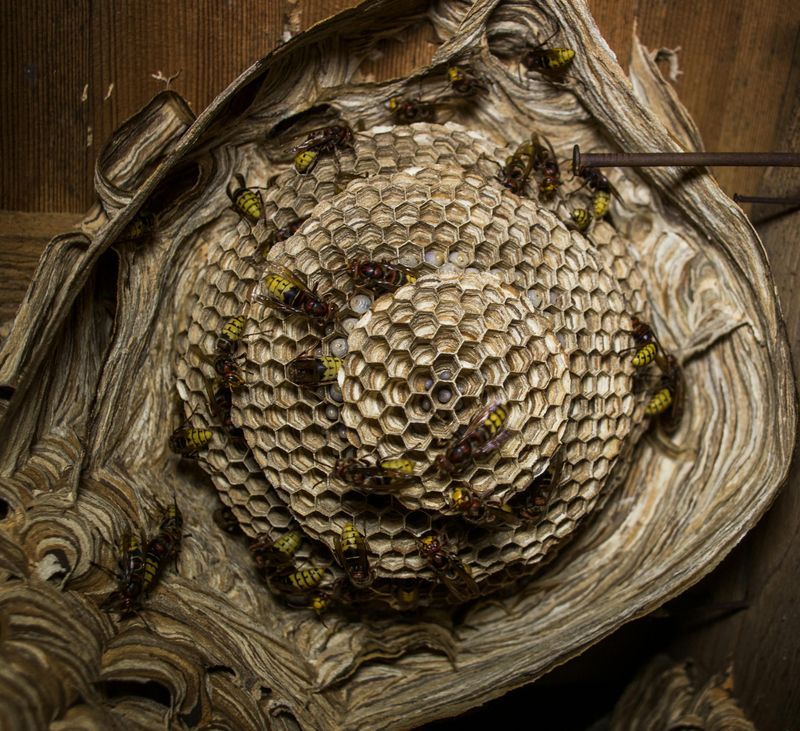
While wasps often use a papery material, their nests resemble delicate works of art, crafted from chewed wood fibers mixed with saliva. This results in a textured, layered look. Hornets, on the other hand, employ a similar material but achieve a smoother, more rounded finish. Their nests often appear as large, bulbous structures hanging from trees. Each design reflects the builder’s needs and habits, offering us insights into their world. Recognizing these differences allows us to identify the insect without getting too close for comfort, thus maintaining a safe distance.
Nest Defense Mechanisms
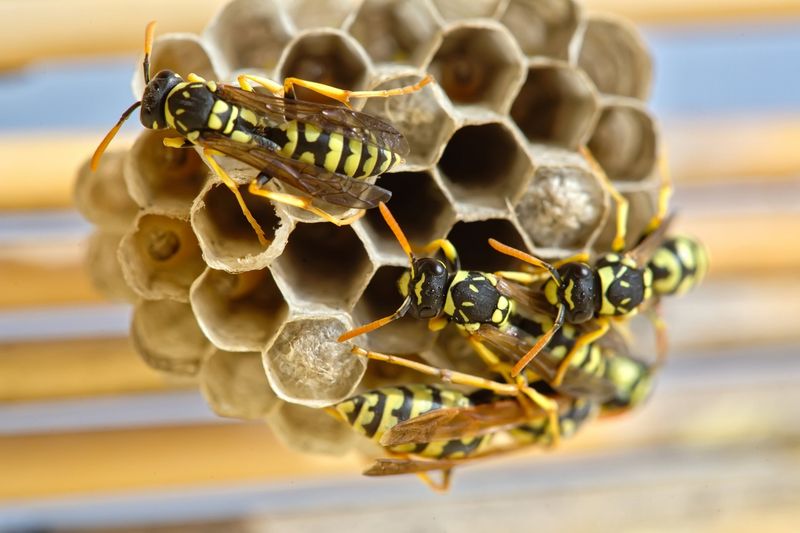
Wasps are notorious for their aggressive nature when it comes to defending their nests. Their nests, often found in exposed locations, are guarded fiercely. In contrast, hornets employ a more strategic defense mechanism. Hornet nests are usually situated in secluded areas, providing a natural layer of protection.
Interestingly, hornets are less likely to attack unless provoked, unlike wasps. This makes approaching a hornet nest slightly less risky. However, their stings can be more painful due to their size.
Understanding these defense mechanisms can help in safely managing encounters with these insects.
Nest Location
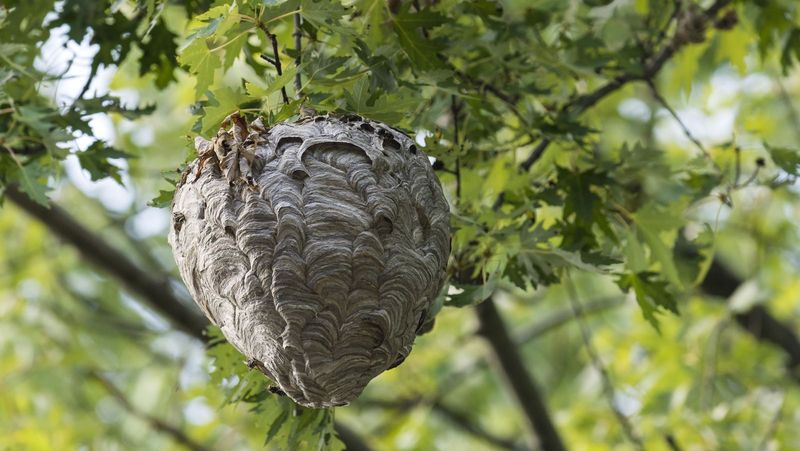
The location of their nests plays a pivotal role in distinguishing these insects. Wasps tend to seek out sheltered spots, often constructing their nests under roof eaves, in attics, or within garden sheds. They prioritize protection against the elements. Hornets, conversely, prefer more open locations, frequently building their nests high up in trees or large shrubs. This choice not only showcases their architectural preferences but also their different survival strategies. By understanding these preferred locales, we can better anticipate and respect their nesting spaces.
Nest Building Patterns
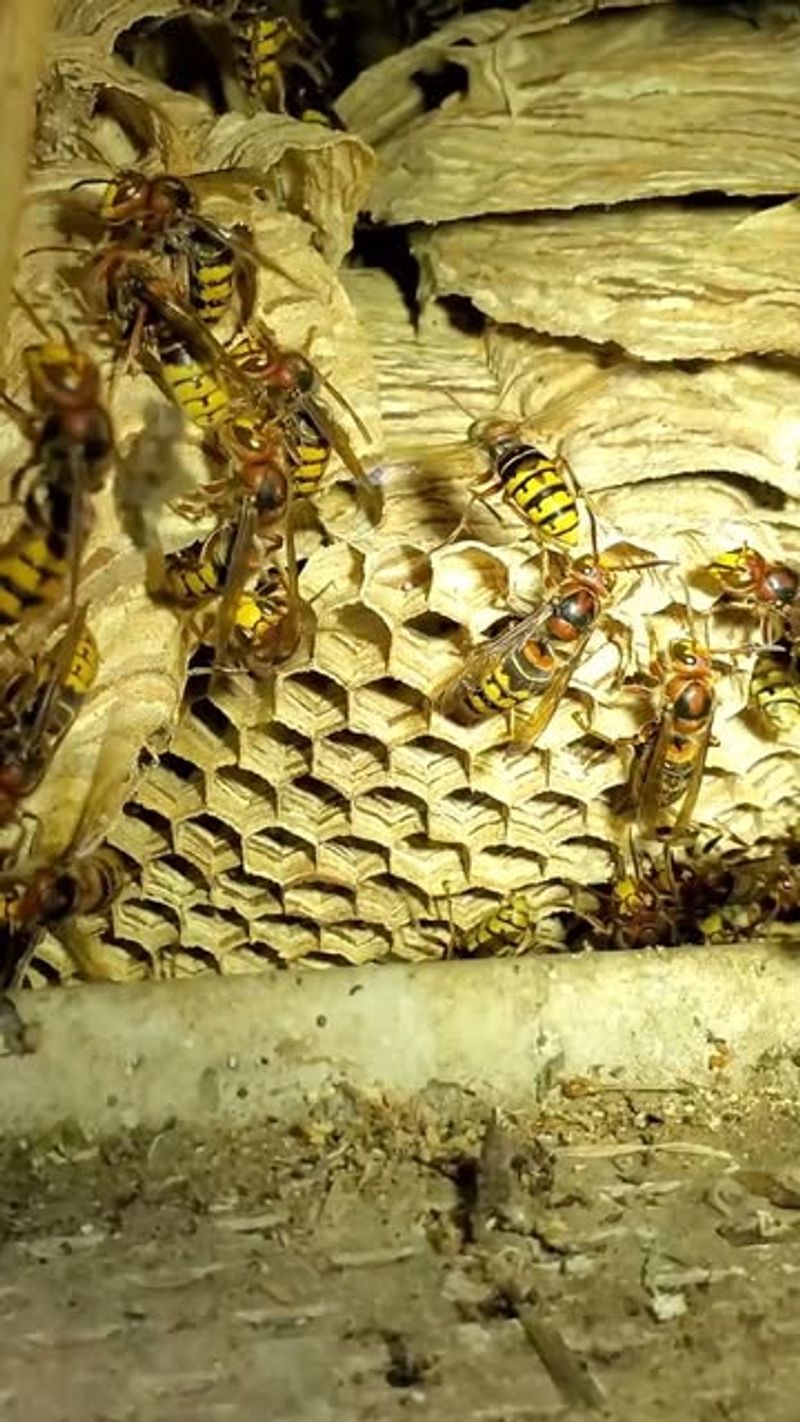
Did you know that hornets are master builders? Hornets construct their nests with meticulous precision, creating layers and patterns that can be both functional and beautiful. Wasps, on the other hand, are more pragmatic in their approach, focusing on efficiency over aesthetics.
Their nests might appear more haphazard, but they serve their purpose effectively. The difference in building patterns is a reflection of their respective lifestyles and priorities.
This architectural distinction offers insight into the behavior and survival strategies of these fascinating creatures.
Colony Size
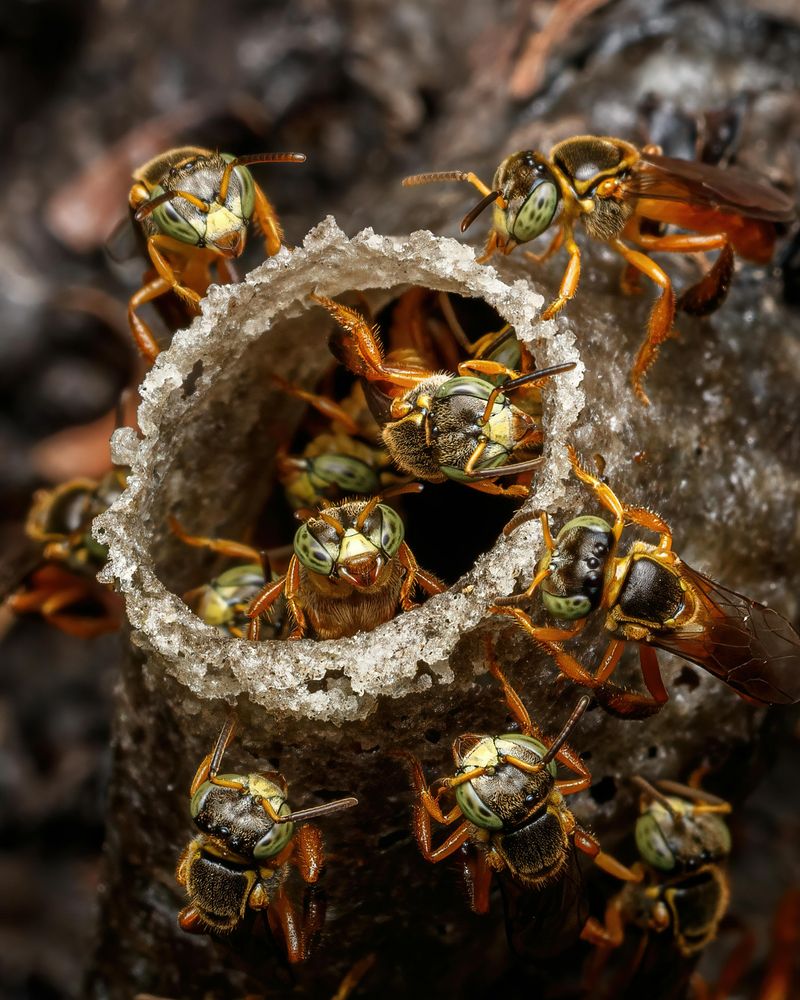
A fascinating distinction lies in the size of their colonies. Wasps usually maintain smaller groups, which can range from a dozen to a few hundred. This manageable size reflects their need for flexibility and mobility. In contrast, hornet colonies are often much larger, sometimes boasting thousands of members. Such vast numbers require more resources and larger nests to accommodate their growing population. Recognizing these differences in colony size helps us understand the social structures and environmental demands of these insects, which can aid in planning humane pest control methods.
Seasonal Nest Activity

The seasonal activity of wasp and hornet nests varies significantly. Wasps, known for their industrious nature, are most active during the warmer months. Their activity peaks in late summer when the colony is at its largest.
Hornets, however, have a different rhythm. Their activity is more consistent throughout the year, although they too peak at certain times. This variation in seasonal activity affects how these insects interact with their environment and how they are perceived by humans.
Recognizing these patterns can aid in predicting and managing their behavior.
Nest Shape
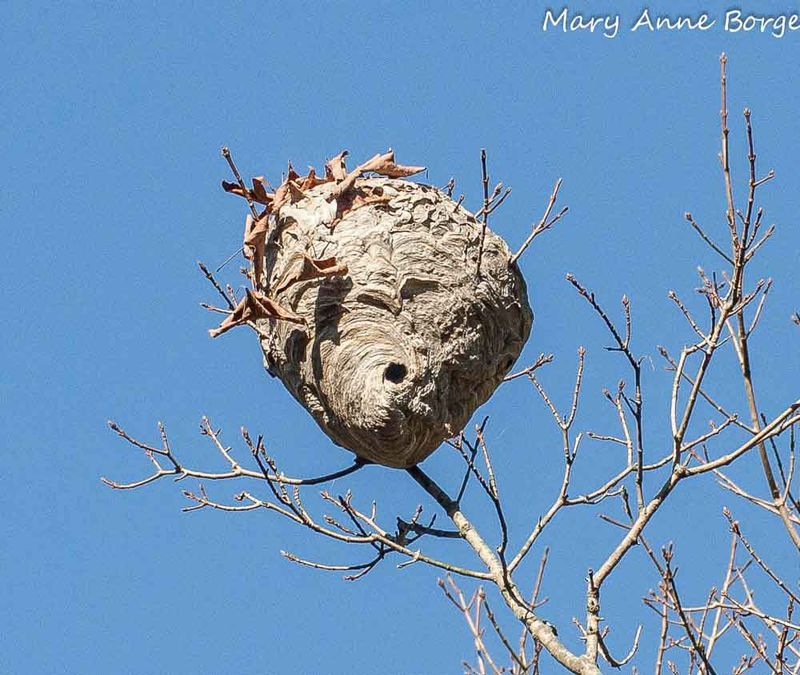
The shape of their nests can reveal a lot about the builders. Wasps typically construct nests with a more open, hexagonal shape, reflecting their need for ventilation and accessibility. These nests often hang downwards, showcasing their intricate design. Hornets, however, prefer a rounder, more enclosed structure, which offers protection against predators and harsh weather. This strategic construction speaks volumes about their priorities and survival tactics. Understanding these nuances allows us to appreciate the complexity of their world and admire their engineering prowess from a respectful distance.

